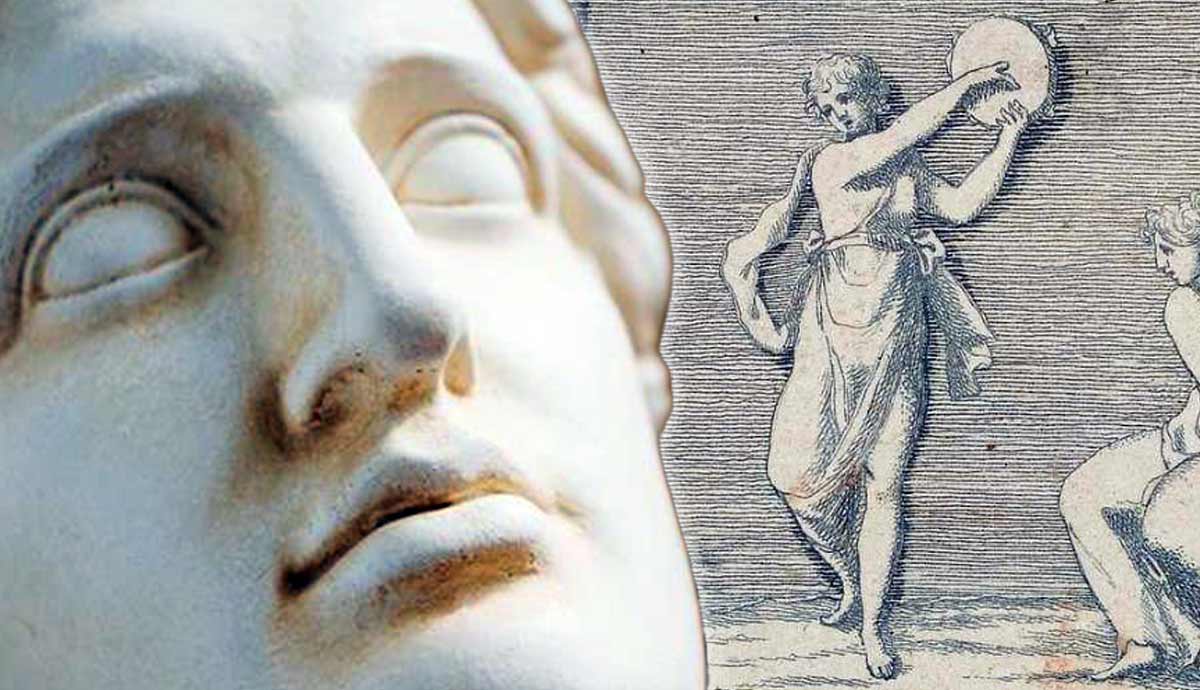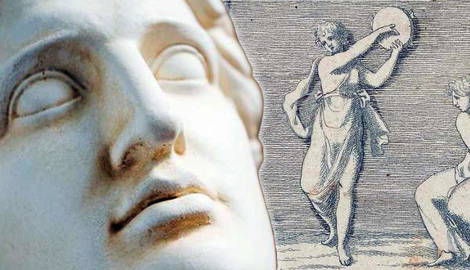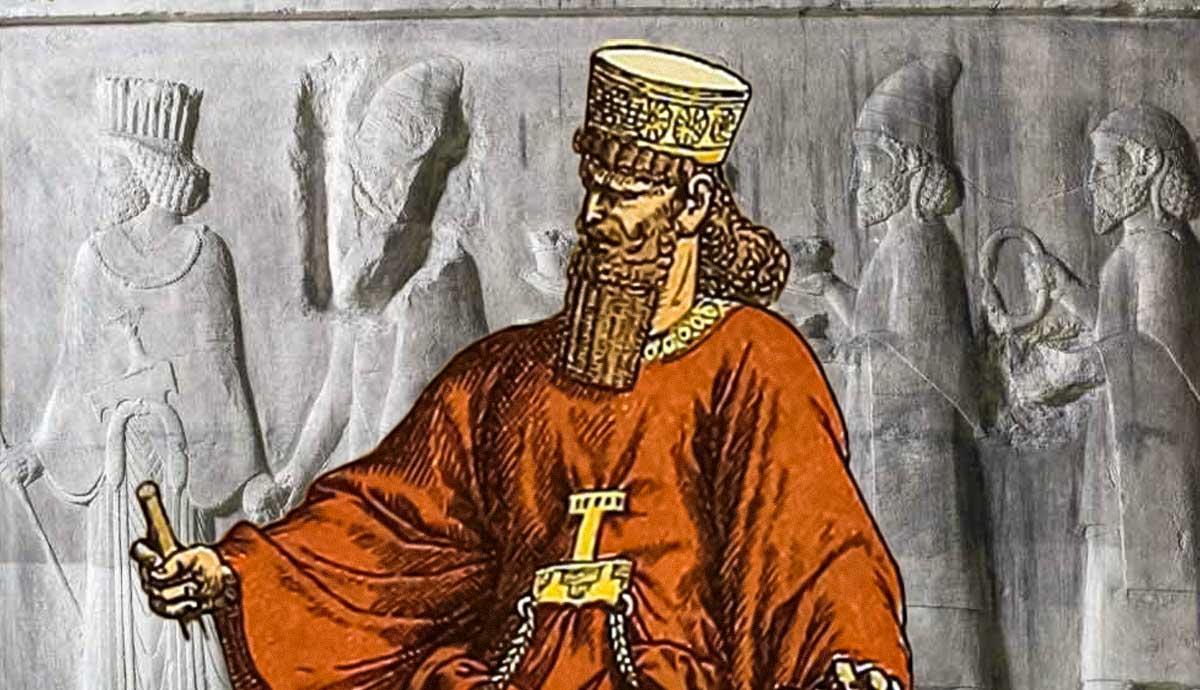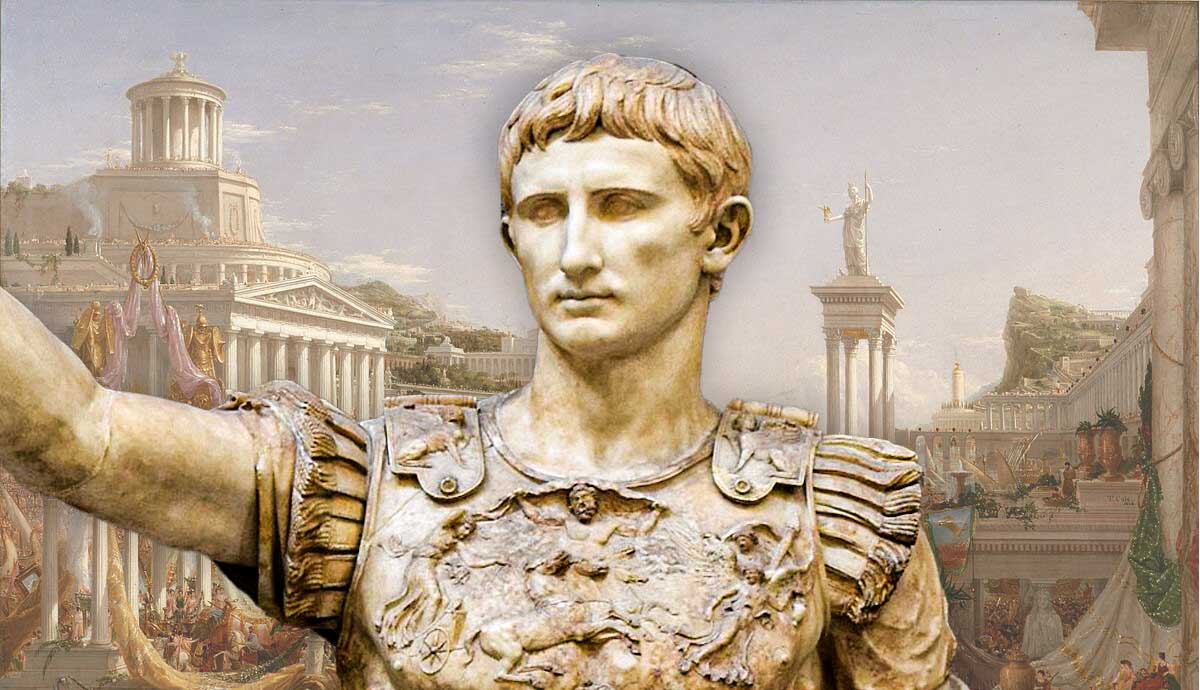
Belly dancing, often hailed as one of humanity’s oldest movement techniques, is a curious blend of tradition and mystery. Its roots stretch across continents and millennia, tracing whispers of fertility rites meant to prepare a pregnant woman’s body for labor, gypsy migrations through India, and even connections to Alexander the Great’s legendary bashes. But was this hypnotic dance truly performed for one of history’s most renowned conquerors? Let’s unravel the tantalizing history of belly dances and belly dancer myths, and the art’s mesmerizing journey from sacred ritual to global recognition.
Is Belly Dancing Old Enough to Have Been Performed For Alexander?

Belly dancing is old enough to have babysat civilization itself. While that might be a bit of an exaggeration, it is not too far from the truth. There is evidence of hip-rolling dances from ancient Egypt, Greece, and possibly even 17,000-year-old Sicily, where rock engravings feature figures doing an undulating dance, likely part of fertility rituals. The hip-swiveling, stomach-strengthening style of dance we now call belly dancing may have started as a celebration of the life-giving power of femininity—and back then, the audience doesn’t seem to have been men with the bedroom on the brain but women supporting each other through birth and other life milestones.
Two ancient goddesses, closely associated with belly dance, were already old by the time Alexander was taking over the world. Dance is deeply linked to powerful goddesses like Ishtar of Mesopotamia and Isis of Egypt, both icons of fertility, femininity, and power. The priestesses of Ishtar were known for their singing, music, and—as you may have guessed—dancing, the kind which could very well be considered a foremother to belly dancing.

In ancient Egypt, women weren’t just hanging around waiting for Alexander to conquer. They held all kinds of jobs, from bakers and beer brewers to priestesses who taught the refined art of dance, musicians, and even doctors. Celebrations tied to Isis often involved music, dancing, and enough beer to make modern Oktoberfest look like a school picnic. Another Egyptian goddess, Hathor, was believed to be the deity who gifted the world with good cheer. As tomb paintings reveal, the ultimate way to thank Hathor for this was to dance for her.
Dancing Wasn’t Just Entertainment, It Was Religious

Let us take a moment to appreciate one of history’s most shameless performers: King David, the original “dancing king” who lived some 700 years before Alexander started naming cities after himself. David’s wife Michal famously accused him of prancing around half-naked in front of the slave girls. David, the unbothered fellow that he was, replied with an iconic mic drop: “I was dancing for God, and I’ll do it again.” No regrets, no apologies—David was committed to feeling the beat.
Interestingly, the ancient Jews were far kinder to women who danced. Salome, with her head-turning moves (pun intended), doesn’t get disgraced in the text for her performance. Instead, Hebrew proto-belly dancers were highly regarded. These women brought the drama with frame drums, songs, and expressive gestures, celebrating everything from battle victories to community festivals. Judges and Jeremiah both give festival dancers a nod of approval, proving they were an integral part of religious and social life, not a cause for shock or shame.

Consider the few rare anti-dance moments in scripture: Moses threw a tantrum when he caught the Israelites dancing around a golden calf. The problem wasn’t the act of dancing itself; it was their idol worship. Similarly, prophets busting moves for Baal (a Canaanite god) didn’t win points with the Almighty. Again, it was who the Hebrews were dancing for, not the choreography, that caused divine disapproval.
As for Michal’s gripe about David? It was complicated, much like their romance in general. The man did have a history of womanizing that might justify her side-eye. On this occasion, the King of Israel wasn’t dancing for the ladies—he was dancing for his creator, celebrating the Ark of the Covenant. Whatever his faults, David’s public display was a pure act of religious devotion, not a case of the ancient equivalent of thirst trapping.
The moral of the story is this: whether for gods, kings, or the hometown heroes returning from battle, dancing has long been a way to celebrate and pay homage.
Using Dance to Charm Alexander

Alexander the Great may have been a military savant but even he wasn’t immune to the power of some well-executed choreography. From deceptive strategies to dazzling festivals, dance played an unexpected role in his campaigns—and his rather intricate love life.
In 334-333 BCE, Alexander’s army reached Telmessus, a port city that allegedly surrendered without a battle. According to Polyaenus, the capitulation of the city was not achieved by brute force but by a clever (and somewhat risqué) plan devised by Nearchus, one of Alexander’s entourage. Learning that the Persian garrison was desperate for female company, Nearchus gathered a troupe of Alexander-supporting women who posed as dancers. Armed with baskets of wine, food, and charm, they infiltrated the city without any notable pushback.
Once inside, the women announced they would perform for the soldiers, throwing a feast that quickly turned into a wine-flowing, music-making revel. As the garrison grew inebriated and distracted, the dancers opened the gates for Alexander’s forces. The rest, as they say, is history—or at least a bloody chapter of it.

While Polyaenus’s account may be a work of hype, there’s a kernel of truth to the story that underscores how something as seemingly innocent as dance could be weaponized in war.
Plutarch offers another tale of dance and diplomacy starring Roxana, the daughter of Oxyartes, satrap of Bactria. After Telmessus surrendered, Oxyartes held a banquet in Alexander’s honor, where his 16-year-old daughter performed a special dance. Roxana, whose name means “little star,” was said to be the most beautiful and graceful woman Alexander had ever seen—more stunning even than the queen of the defeated King Darius III.
Alexander was captivated, and while their marriage may have been rooted in his attraction, it was also politically astute. By marrying the daughter of a prominent Bactrian leader, Alexander strengthened his ties to the local population, using their union to bridge the cultural divide.

Roxana danced and so did Bagoas, the eunuch whose dancing skills made him a favorite of both Darius III and Alexander. Bagoas was said to have traveled with Alexander’s army and participated in dancing festivals, including a famous competition in Carmania, where he won. His relationship with Alexander—both romantic and administrative—remains a fascinating example of how dance and charisma could secure influence even in the Macedonian court.
Whether it was the allure of dancers in Telmessus, the grace of Roxana, or the skill of Bagoas, these moments highlight how dance became a tool of charm, the language of power, and diplomacy in Alexander’s life and campaigns.
Dances From the Ancient World

Whether it was Macedonian shepherds leaping to the beating rhythm of Teškoto, Persian kings twirling in post-banquet merriment, or the provocative Greek kordax, Alexander’s march from Europe to Asia wasn’t just about swords and sieges. It also opened the door to cultural cross-pollination, and dance was very much the content of that story.
Macedonian dances are often reputed to be unbroken threads to the ancient past, with roots deep enough to reach back to the time of Alexander. Take Teškoto—the “heavy dance”—a slow, deliberate men’s dance set to the deep thrum of the tapan drum and the piercing notes of the zurla. According to oral legends, it mimics the movements of shepherds deftly bounding over jagged rocks while defending their flocks from wolves, thieves, or whatever other threats lurking in the hills. It is less about frolicking and more about grit and stealth.
Alexander grew up surrounded by such striking performances, though he probably viewed them through a courtly lens. For the Macedonian king, these rugged dances played on ancient instruments like the gaida (bagpipes, but make them Balkan) and kaval (a shepherd’s flute), were echoes of the homeland. They became symbols of his people’s endurance—a fitting soundtrack for his grand campaign to unite the known world.

If Macedonian dance was grounded in the story of everyday folks’ lives, Persian dance reached for the stars. By the time Alexander marched into Persia, dance in the region had thousands of years of history. Ceramic art from 5000 BCE shows dancers holding hands in rhythmic circles, while classical accounts describe Persian nobles and the priestly caste using dance to entertain, commune with the gods, and occasionally show off after a few too many at the royal banquet.
Xenophon mentions flute-accompanied dances in his Anabasis, while other sources gleefully report how Persian kings would get tipsy on wine and break into joyous dances themselves. Alexander, of course, wouldn’t have missed the chance to enjoy the finer points of Persian culture—especially after conquering Persepolis. It is tempting to imagine him soaking in the refined steps of Persian courtly dance while planning his next vanquishing march.

Egyptian dance takes us in a different direction—with less synchronized choreography but more complimentary movements. Dancers (mainly women) often performed wearing the absolute minimum, if anything at all, save for a ribbon around the waist, a fringed skirt, and the customary ornamented wig. Forget elaborate costumes—this was a pure, unfiltered movement, often depicting divine worship or heroic tales.
It is unclear how much Egyptian dance Alexander witnessed during his time in the region, but the connection between movement and spirituality wouldn’t have been lost on him. Egypt was, after all, where he styled himself as the son of the god Amun, using their cultural traditions to cement his divine legitimacy.
Closer to home, Greek dances like the kordax were equal parts celebration and scandal. This bawdy, swirling dance, associated with Dionysian festivals, made conservative onlookers clutch their pearls. Plato wasn’t a fan, calling out its indecency, but for the wine-fueled masses, it was a staple of festivals and feasts.

Interestingly, the kordax also has a rumored connection to belly dancing, brought into Greece from the culturally different East. Given Alexander’s penchant for blending the traditions and norms of his people, it is easy to imagine him embracing such provocative performances as both entertainment and a subtle political move to unite his diverse empire; all the while dismissing the pearl-clutching naysayers.
From Macedonian villages to Persian palaces and Egyptian temples, Alexander’s conquests weren’t just about geography—they were about melding traditions. Dance, in all its forms, became part of the cultural fusion that defined his empire. Whether it was shepherds hopping through rocky terrain, Persian courtiers gliding through the halls, or Greeks losing themselves in Dionysian revelry, dance told the story of humanity’s shared passions and creativity. Alexander might have conquered cities with his armies, but he connected worlds through the rhythm of their dancers.
So, Did the First Belly Dancers Perform for Alexander the Great?

The answer is both tantalizing and, unsurprisingly, layered. In a word: possibly. But history, like a good dance, is all about nuance. For one, the term “belly dance” didn’t exist in Alexander’s time, nor would its performers have recognized the name. What we’re looking at instead are a variety of regional dance traditions—from Macedonia to Persia and Egypt—each with their own flair, performed by a diverse cast of characters.
These weren’t just seductive party tricks. The dancers could have been men or women, royals or servants, and even highly trained priestesses using movement as a form of worship or ritual. And yes, Alexander was known to enjoy the spectacle. The most famous example? His infatuation with Roxana, a Bactrian princess he then took to wife.
Across his sprawling empire, dance was more than entertainment—it was a celebration, a tool for unification, and possibly even an offering to honor the young king. Whether it was performed to impress, to pray, or to simply delight, one thing is certain: the rhythm of Alexander’s world was as varied and vibrant as the empire itself.










